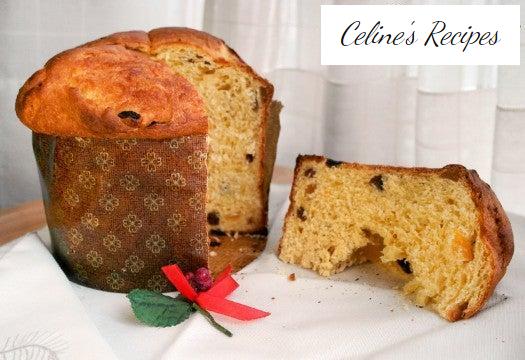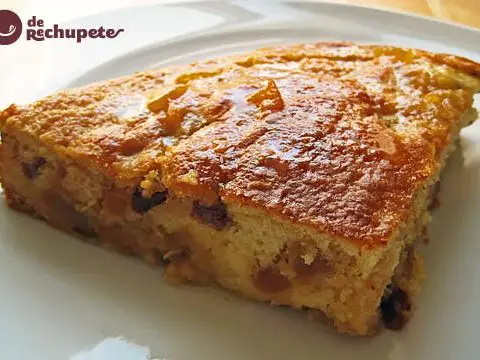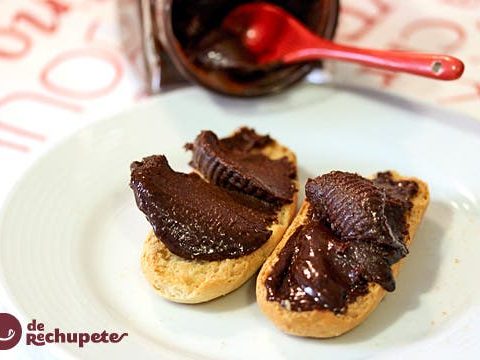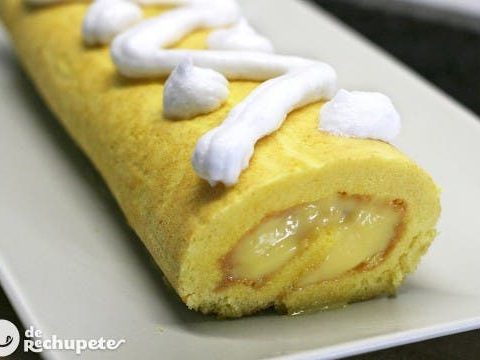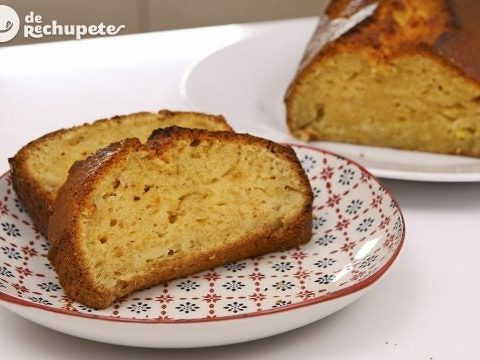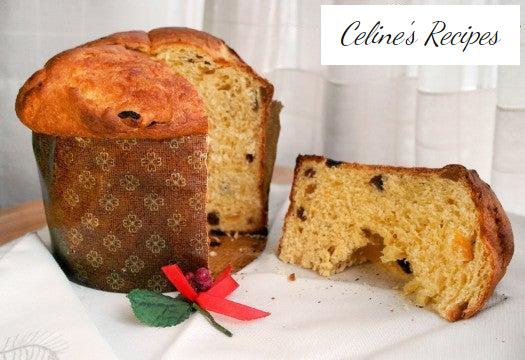
Info.
- Hard
- 480 minutes
- For 10 people
- 0.5 € / person
- 305kcal per 100g.
How to prepare a Christmas panettone .
A few days ago speaking with a Venezuelan friend, Morella, she told me how important it was for her and her family to share a panettone on Christmas dates.
Now she lives in London and she no longer has her mother to prepare it every year. That is why I promised to publish the recipe of how I prepare it, to see if you are encouraged to follow your family tradition.
Panettone, or panetone, is a brioche pastry bun enriched with raisins and candied fruits.
There are many stories and legends about the origin of this sweet. Some say that the history of this bun was born around 1490, when a young man of high birth fell in love with the daughter of a Milanese pastry chef.
Posing as an apprentice, he began working with the girl’s father to be closer to her and that’s when he invented this sweet. His fame spread throughout the city as the Pan de Toni , which was the young man’s name, deriving the name from panettone .
For the bun to develop all its incredible flavor it is essential to use little yeast and leave the dough to ferment for many hours, as indicated in the recipe. You see that it is similar to the Roscón de Reyes process , even a little more.
In order not to discourage anyone, but neither to deceive you, I have to admit that it is not a recipe that is made in a moment. The kneading process gives work and a great deal of patience is necessary to respect the fermentation times, that is where its complication lies.
Despite everything, I encourage you to prepare it, the result is a panettone much more tender and fluffy than those usually found in stores.
So, Morella no longer has an excuse to start preparing an incredible panettone this Christmas , and I say the same to the others, I am sure you will love the result.
Preparation of the classic Panettone dough
- We start with the preferment or Poolish . In a small bowl we mix the warm milk, not hot, with the yeast and let it dilute.
- We add 130 grams of the flour and 20 gr. of sugar and mix well for a few minutes with a fork, until it becomes a sticky and homogeneous mass.
- We cover the bowl with transparent film and let it ferment for 1 hour.
- In a large bowl add the preferment, the whole eggs, the rest of the sugar, the pinch of salt, the rest of the flour, the water and the lemon and orange zest.
- The only ingredients we don’t add are butter, raisins, and candied fruits.
Panettone kneading
- We begin the kneading process, initially inside the bowl and then on a work surface.
- Do not flour or grease the surface, even if at first the dough sticks to the table. In the end it will end up taking off completely, I promise you.
- We begin the kneading process in which we will be about 25 minutes. With this time we will have obtained an elastic mass.
- At this time we add the butter cut into squares. We are incorporating it little by little, and kneading between each incorporation.
- At this moment you will be thinking that you have gotten into it, that it is impossible that such a paste can become a ball. Do not despair, I promise you there will be a happy ending.
- As we add pieces of butter. The dough ceases to have an elastic consistency and becomes almost a porridge, only the kneading will convert this texture into the one we want to achieve.
- We need at least another 30 minutes for the dough to turn into something shiny, and to completely detach from the work table.
- The proof that the dough is ready is that if we stretch it, it will not break.
- We can get a sheet almost translucent without breaks. The texture will be shiny and very manageable.
Rest of the panettone dough, baking and final presentation
- We roll the dough into a ball and place it in a lightly floured bowl. We cover the bowl with a cloth and let it ferment for 2 hours 30 minutes.
- In my case, to ensure an ideal temperature. I let it rise inside the previously heated oven for a few seconds, but off, of course.
- The intention is to achieve an environment of around 22ºC to 25ºC so that the dough works in the best conditions.
- After this time we see that the mass has grown to triple its volume.
- We break the bubbles by manipulating it and on a work surface we incorporate the raisins and the frosted fruits into pieces. I usually leave the grapes to soak previously to rehydrate them and make them more tender.
- We knead to integrate these new ingredients well and form a ball with a very smooth surface.
- We place the ball in the special panettone paper mold. We repeat the yeast process for 2 or 3 hours.
- The panettone will have grown back overflowing from the mold.
- Very carefully we make a cross on top. We place 4 butter nuts that will give it a golden hue during baking.
- Bake with the oven previously hot at 180º C for a minimum of 30 minutes.
- You already know that each oven is a world and that the baking time can vary, more or less time.
- We must be careful to cover the panettone with aluminum foil after 10 minutes of cooking. To avoid over-toasting.
- We remove from the oven and let it cool on a rack. It is important that once the panettone is baked, we let it cool downwards.
- In order to prevent it from falling off and get a much fluffier crumb. With a minimum of 3 hours so that it does not go down.
You can see all the photos of the panettone recipe in the following album step by step.
Curiosities, tips and recommendations for a yummy panettone
- I do not know if this story will be true, what is true is that the first written record of panettone, as a typical Milanese Christmas candy.
- It is in the eighteenth century, in an article written by Petro Verri, that he called it pane di tono , that is, big bread . Today its consumption is as traditional in many Latin American countries as in Milan itself.
- With what has almost become world heritage. Peru, Bolivia, Colombia, Argentina, Uruguay, Venezuela, Chile, Ecuador or Brazil are huge consumers of this typically Christmas sweet, whether it be under the name of panettone, panetone, sweet bread, panettone or sweet bread .
- The use of sourdough or pre-mass is very important. Although in other recipes they do it without it, my advice is to do it as I tell you in the recipe.
- It gives a depth of flavor to the pastries that cannot be achieved with rapid fermentation.
- Do not hesitate, go to the kitchen and prepare this classic panettone recipe ! It is well worth it. Down with the unknown extracts and fats, experience the natural flavor.
